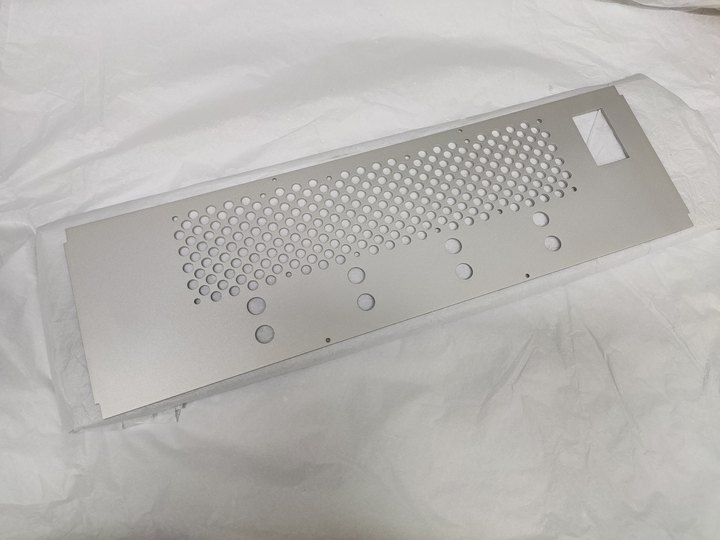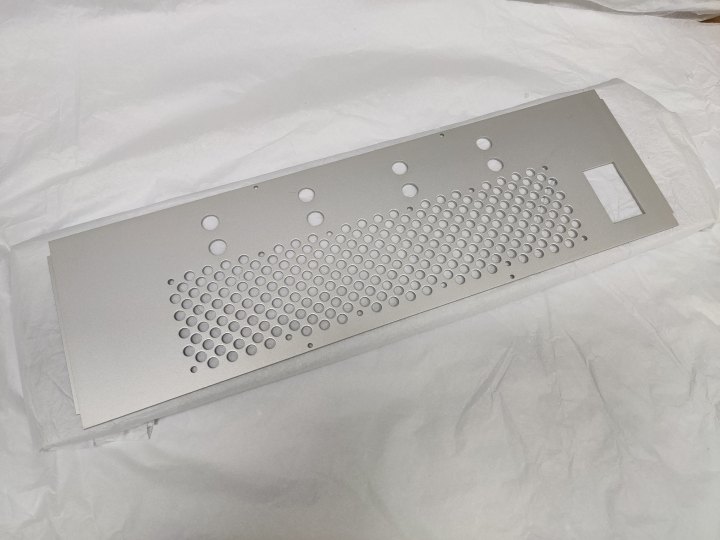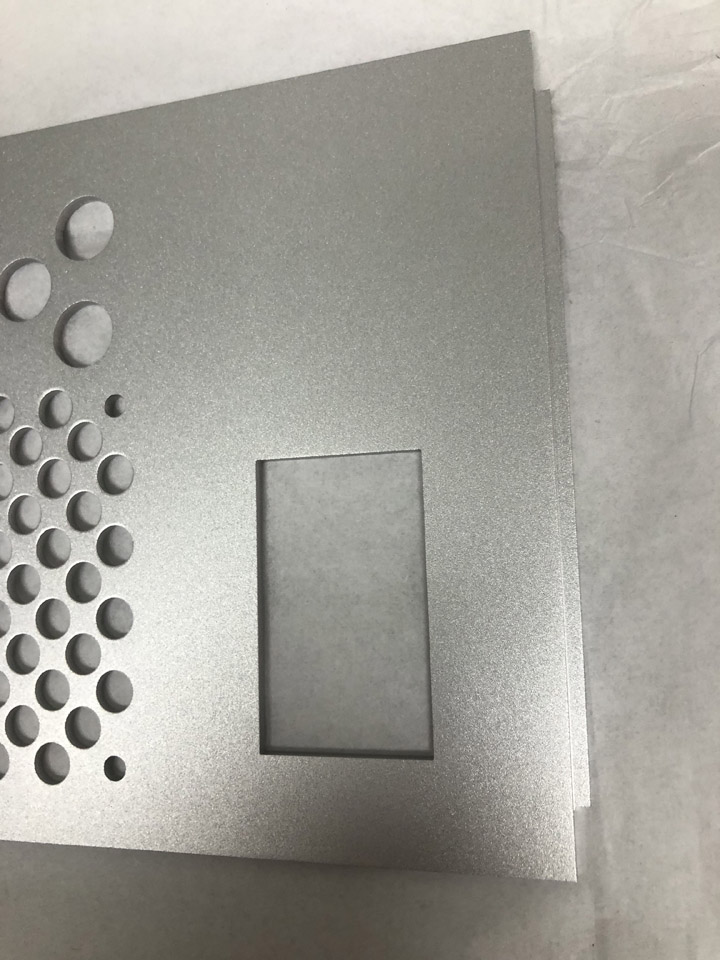Sandblasting, a widely used industrial process, is known for its ability to clean, smooth, roughen, or etch surfaces through the high-pressure propulsion of abrasive materials, typically sand or other grit, onto a workpiece. This process has evolved over the years and is now applied in a variety of industries for different purposes, including surface preparation, cleaning, and decoration.
1. Surface Cleaning and Preparation Sandblasting is most commonly used for cleaning surfaces of dirt, rust, paint, corrosion, and other contaminants. It provides a quick and efficient way to prepare surfaces for further treatment such as painting, coating, or welding. This is particularly useful in industries like automotive, shipbuilding, and aerospace, where surfaces need to be pristine before applying protective coatings.
Automotive Industry: Sandblasting is used to clean and prepare car parts, especially those made of metal, such as wheels, engine components, and chassis, before painting or further processing.
Aerospace: The aerospace sector uses sandblasting to clean and etch the surfaces of metal components to ensure the best bonding and coating adhesion for parts like turbines and landing gears.
Marine Industry: Ships and boats require sandblasting to remove marine growth, rust, and old paint from their hulls to maintain their performance and appearance.
2. Surface Roughening In some applications, sandblasting is used to create a rough texture on a surface. This is particularly beneficial when preparing surfaces for processes such as coating or bonding, where a rougher surface increases the adhesion of the new material.
Construction and Manufacturing: Sandblasting is used to roughen metal surfaces to enhance adhesion for paints, coatings, or bonding agents.
Glass Industry: Sandblasting can also be used to create a frosted or textured appearance on glass, making it ideal for decorative windows, shower doors, or signs.
3. Etching and Marking Sandblasting is often used to etch designs, logos, or text onto a variety of materials, including glass, metal, and stone. The process can create fine details and intricate designs, making it ideal for artistic applications as well as industrial marking.
Glassware and Jewelry: Sandblasting is used to add logos, intricate patterns, or custom designs to glass and jewelry pieces.
Monuments and Tombstones: Sandblasting is a popular method for engraving letters and designs on stone surfaces, making it an essential technique in the creation of memorials and plaques.


1. Versatile and Adaptable
Sandblasting can be performed on a wide variety of materials, including metals, concrete, glass, wood, and stone. The type of abrasive material used (such as sand, glass beads, or steel grit) can be tailored to the specific task, making it highly versatile for different industries and applications.
2. Speed and Efficiency
Sandblasting is a fast process that can cover large surface areas in a short amount of time. This makes it an efficient method for surface preparation, cleaning, and finishing compared to manual labor or other methods, such as chemical cleaning or mechanical abrasion.
3. Control Over Surface Texture
Sandblasting allows for precise control over the roughness of the surface. By adjusting the pressure, nozzle size, and type of abrasive material, the operator can control the intensity of the blast to achieve the desired texture, from smooth finishes to coarse, rough surfaces.
4. Environmental Impact
While sandblasting is effective, it can create airborne dust and debris, making it important to employ proper containment, filtration, and ventilation systems to minimize health and environmental risks. Some industries use more environmentally friendly abrasives, such as baking soda or crushed glass, to reduce the environmental footprint.

1. High Efficiency and Cost-Effectiveness
Sandblasting can clean and prepare surfaces much faster than manual methods, reducing labor costs and production time. This is particularly advantageous in high-volume industries where quick turnaround times are essential.
2. Precise Surface Preparation
Unlike other cleaning methods, sandblasting offers highly precise and consistent surface preparation. Whether it's for cleaning, etching, or roughening, sandblasting provides a uniform finish that ensures subsequent processes, such as coating or bonding, perform optimally.
3. Effective for Tough Materials and Surfaces
Sandblasting is capable of cleaning and preparing even the toughest surfaces, including metal, concrete, and stone, that would be difficult to handle with other methods. It is especially effective for removing tough contaminants such as rust, scale, and old paint.
4. No Contact Required
Since sandblasting is a non-contact process, it doesn’t physically touch or wear out the material being cleaned. This minimizes the risk of damaging delicate parts or materials, making it ideal for sensitive applications like engraving or cleaning fine metal surfaces.
5. Adaptability to Various Materials
Sandblasting is not limited to one type of material. It can be used effectively across different industries to clean or decorate a wide range of materials, making it highly adaptable and a universal solution for multiple sectors.
6. Surface Texturing and Aesthetic Appeal
Sandblasting is an effective way to create textures and decorative patterns on surfaces, enhancing the aesthetic appeal of products. This is useful in industries like glassware, jewelry, and signage, where customization and artistry are important.